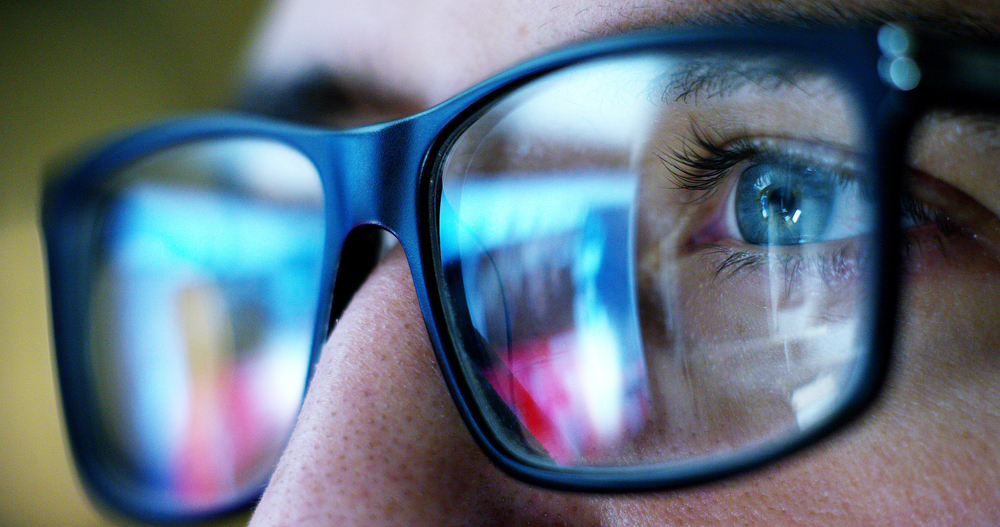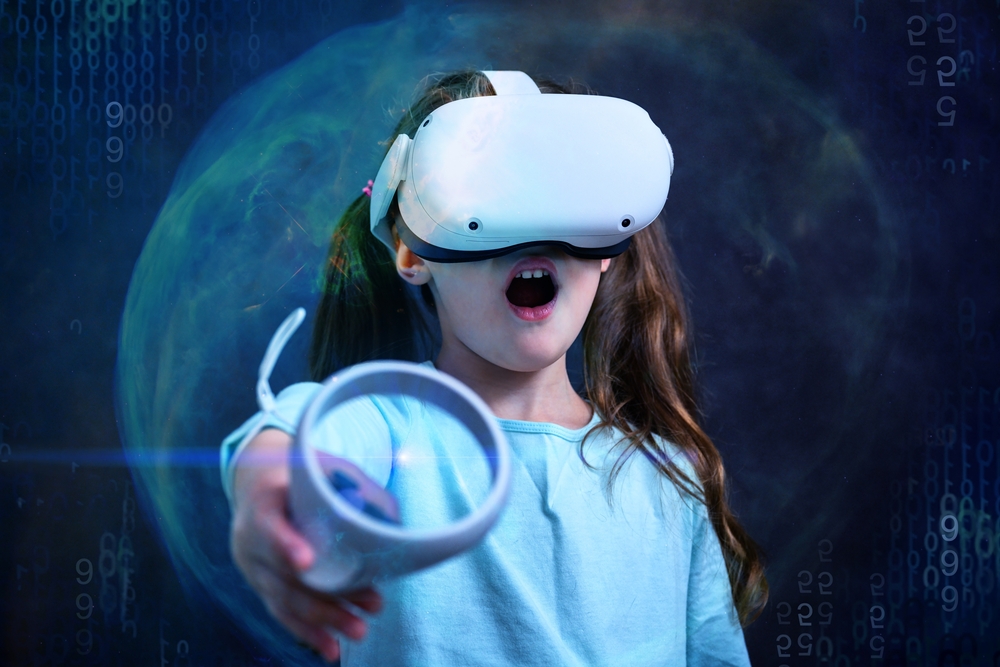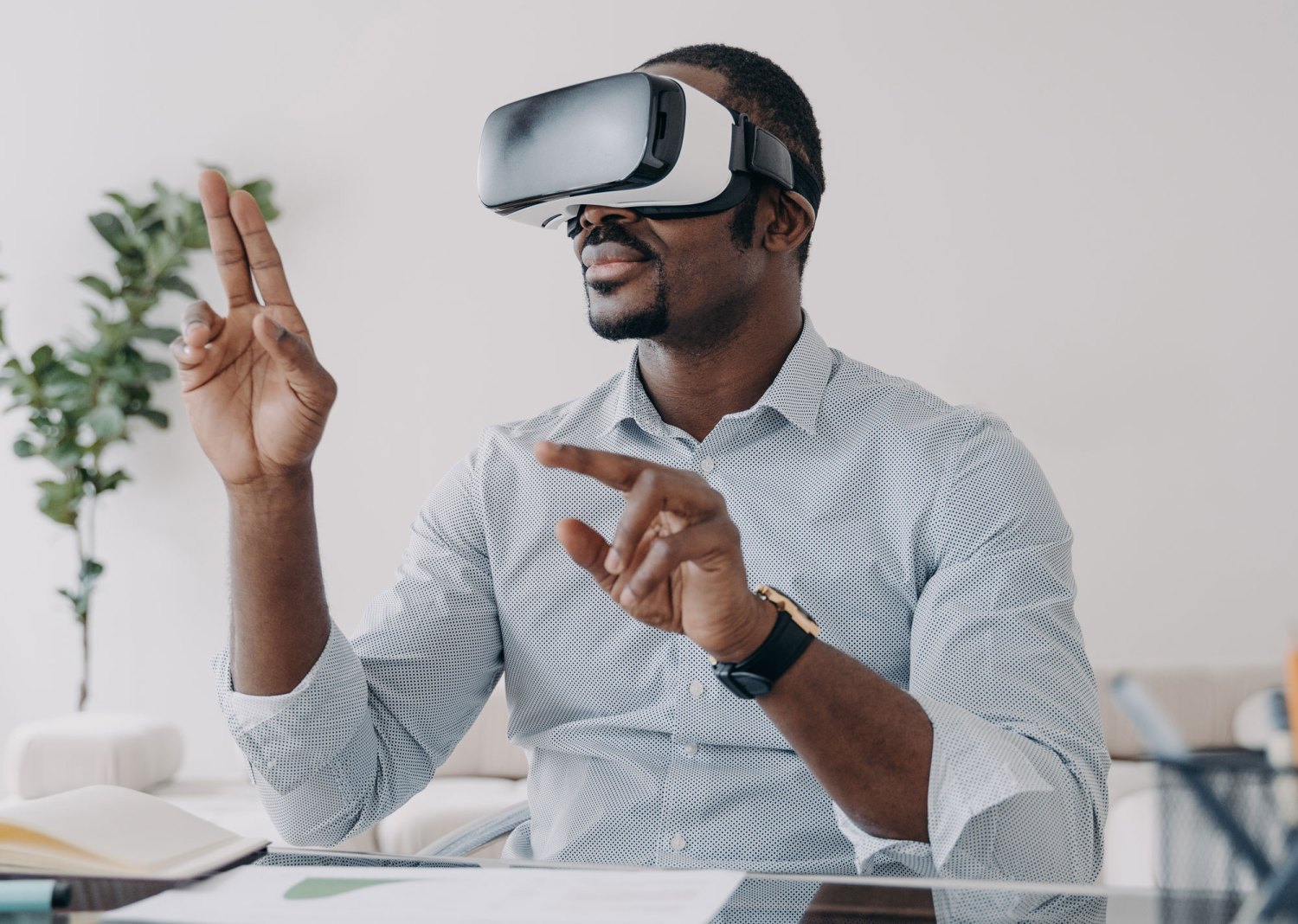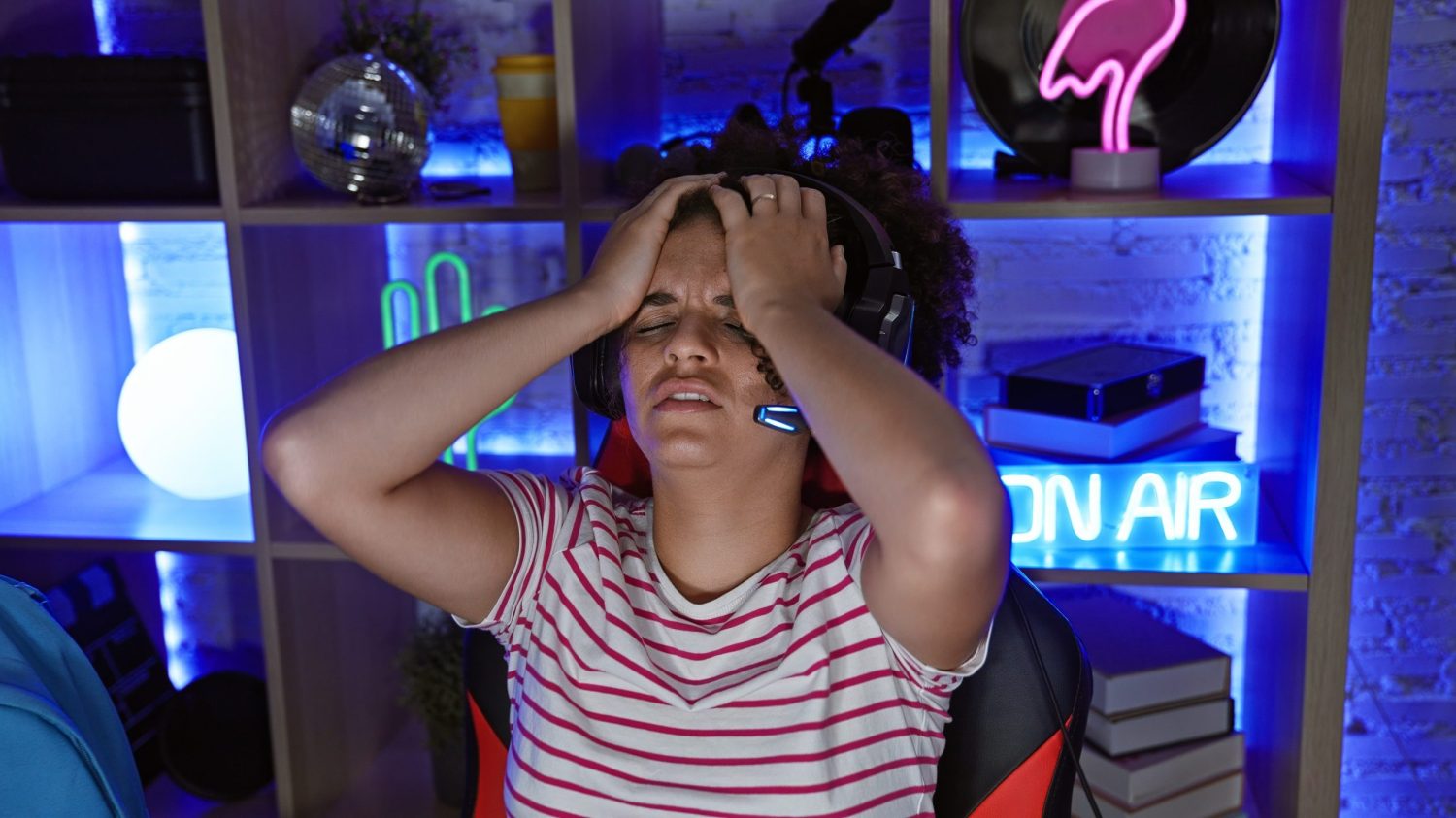Performance and Navigation Behavior of using Teleportation in VR First-Person Shooter Games
August 22, 2024,
Teleportation has been adopted as the preferred mode of navigation in many virtual reality (VR) experiences due to its ability to allow users to easily move beyond the limitations of the tracking space while minimizing the risk of inducing VR sickness. Teleportation instantly translates the user’s viewpoint to a user-selected destination and therefore eliminates any optical flow generation that could cause visual-vestibular conflict. Though teleportation is a discrete navigation method unique to the domain of VR, most VR experiences are modeled after 3D experiences found on desktop/console platforms that use continuous locomotion. How the use of teleportation affects the performance and navigation behavior of its users, especially in competitive first-person shooter environments is unknown, yet it could have a significant effect on gameplay design. We conducted a user study (n=21) that compares teleportation versus continuous locomotion using a VR first-person shooter game with other players being simulated using AI agents. We found significant differences in performance, navigation behavior, and how both locomotion methods are perceived by its users. Specifically, using teleportation, players traveled farther, but during combat were found to be more stationary and as a result got hit more frequently. These differences were profound and carry the potential to impact multiplayer games. We discuss possible strategies to balance gameplay.
Share this story. Choose your platform.
Want more updates and information from ACM? Sign up for our Newsletter.
Related Articles

The Toxic Cost of Cheap Usernames
Toxicity in video games, acting in a rude, abusive, bullying, or deliberately losing manner, ruins competitive team-based video game experiences for everyone involved.
August 12, 2024,

What Are the Points of Concern for Players about VR Games
In recent years, the VR boom has signaled fruitful applications in fields such as education, industry, animation, and entertainment.
August 22, 2024,

An Empirical Study of VR Head-Mounted Displays Based on VR Games Reviews
In recent years, the VR tech boom has signaled fruitful applications in various fields.
August 22, 2024,

